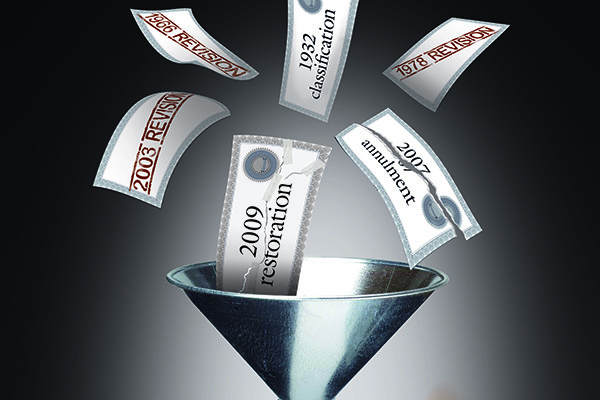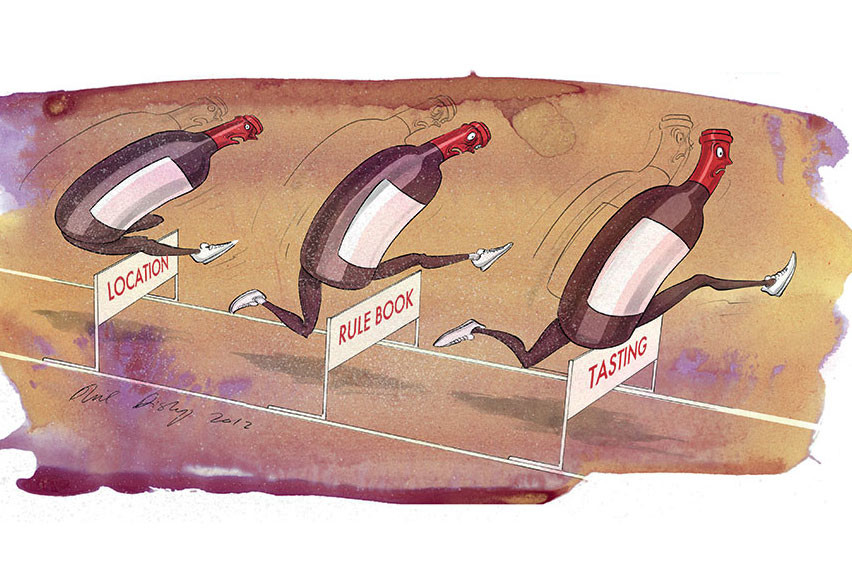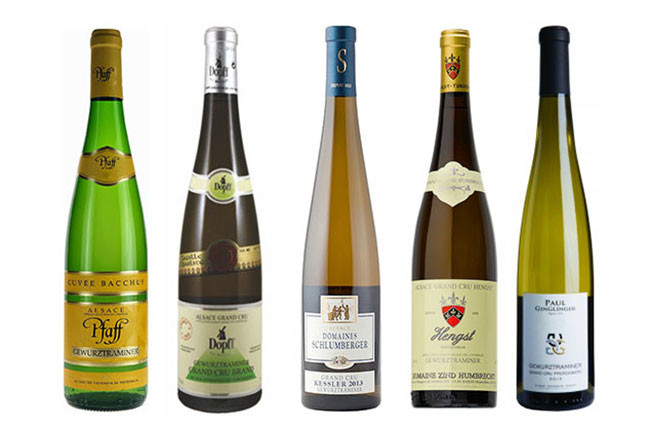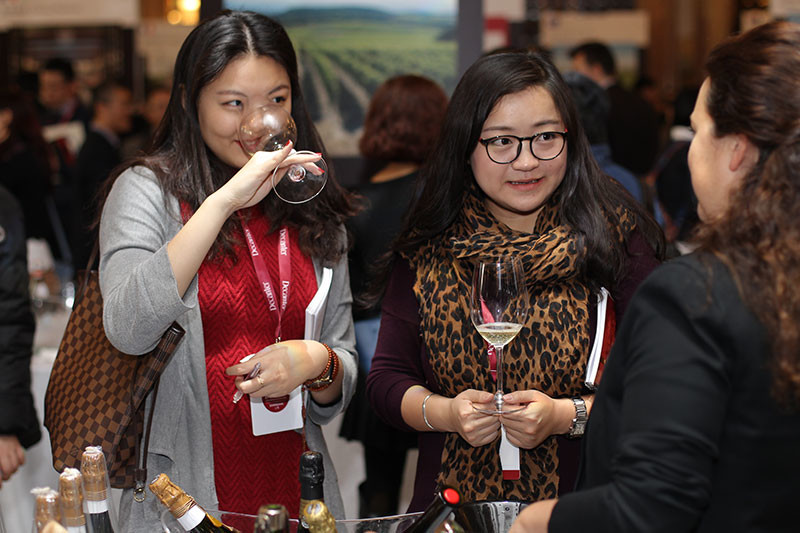Here is a selection of five wines produced from potential 1er Cru vineyards that I particularly enjoyed
Domaine Ostertag, Heissenberg Riesling 2015
The Domaine Ostertag is arguably the most renowned estate of the Bas-Rhin department, in the Northern part of the Alsace region. Still, their wines aren’t available in China yet… The Heissenberg, which means “the warm hill”, is a South-facing vineyard planted on pink sandstone at 300 metres above the village of Nothalten. In 2015, it produced a very textural Riesling with almost a sensation of tannins in the mouth. Earthy aromas reminiscent of roots and bitters liqueurs intertwined with citrus skin notes linger almost endlessly at the back of the tongue. This is a very characterful wine necessitating a few years to come together, especially if you’re sensitive to bitterness.
Domaine Ostertag, Fronholz Riesling 2015
The Fronholz, in the village of Epfig, is definitely a great terroir able to stamp any wine with a very distinctive saline seal. “Fonholz” means “wood duty” -- we think this is the place where peasants during middle age came to collect wood for the local lords. The hill is separated from the rest of the Vosges mountains and the vines are planted on the South-West facing side. The Riesling is located on the hilltop over sandy soil covering the local pink sandstone. It is more delicate than the Heissenberg, with more overt citrus fruits aromas (lemon, lime and grapefruit) accompanied by a wet stones-like mineral note. On the palate, this dry Riesling is marked by a vibrant, lean acidity that accentuates the feeling of minerality. That said, I doubt this is only a feeling as an obvious salty sensation hit my lips, just as if I was wandering along the Atlantic shore, one thousand kilometres to the West... The long, focused finish heralds a long ageing potential!
Domaine Zind-Humbrecht, Clos Windsbuhl Riesling 2014
Due in part to their relatively high altitude (350 metres on average), the vines planted on the magnesia-rich limestone soil (called Muschelkalk limestone) of the Clos Windsbuhl in Hunawihr always take time to wake up and to deliver perfectly ripe fruit (it was the last vineyard to be harvested in 2014). But as goes the saying: "Patience is bitter, but its fruit is sweet"! And indeed, after a fifteen-months-long fermentation, the wine does exhibit captivating aromas of sweet mandarin, mirabelle plum accompanied by a dash of lemon zest. The high, mouth-watering acidity (pH 2.9) makes it taste dry, even with 10 grams of residual sugar per litre. This is an extremely intense and perfectly balanced wine which should evolve beautifully over the next fifteen years.

Domaine Zind-Humbrecht, Heimbourg Pinot Gris 2014
The Heimbourg is maybe the vineyard I’ve “felt” the most this year for having harvested its 2016 Riesling and manually digging-out weeds around recently planted young vines. From this very steep South to South-West facing slope, you can contemplate the Brand Grand Cru just opposite. In 2014, the yields were extremely low for Pinot Gris (only 19 hl per hectare in the Heimbourg!) mainly due to the invasion of the Alsatian vineyard by red-eyed illegal migrants coming from South-East Asia: the Drosophila Suzukii. The candied lemon, sweet apple and mirabelle liqueur aromas of this compelling, off-dry white wine are accompanied by a flint-like mineral note. Showing depth on the palate, this broad wine finishes on a long, smoky finish. Once again, although the sweeter mouthfeel of this wine makes it more approachable in its youth, it should gain further complexity after a few years cellaring.

Marc Kreydenweiss, Clos du Val d’Eleon 2015
The wines of Marc Kreydenweiss, or more accurately of his son, Antoine Kreydenweiss in Andlau, aren’t as well-known as the two other estates mentioned in this article. However, this was the discovery of my latest visit to the region, and I really hope someone will import their wines to China!
The 2015 Clos du Val d’Eleon is a blend of Pinot Gris and Riesling planted in 1985 in the schist-dominated Rebberg vineyard. The two varieties were blended during fermentation and gave a wine exhibiting freshly picked orchard fruits such as peach and nectarine, citrus (lemon), green apple intermixed with some sweet melon. As if this wasn’t complex enough, the aromas evolve quickly towards a more roasted character (smoke, toasted bread) after some contact with air. This is a very surprising wine ending on an extremely long and intense finish.
Translated by Sylvia Wu / 吴嘉溦
All rights reserved by Future plc. No part of this publication may be reproduced, distributed or transmitted in any form or by any means without the prior written permission of Decanter.
Only Official Media Partners (see About us) of DecanterChina.com may republish part of the content from the site without prior permission under strict Terms & Conditions. Contact china@decanter.com to learn about how to become an Official Media Partner of DecanterChina.com.










Comments
Submit